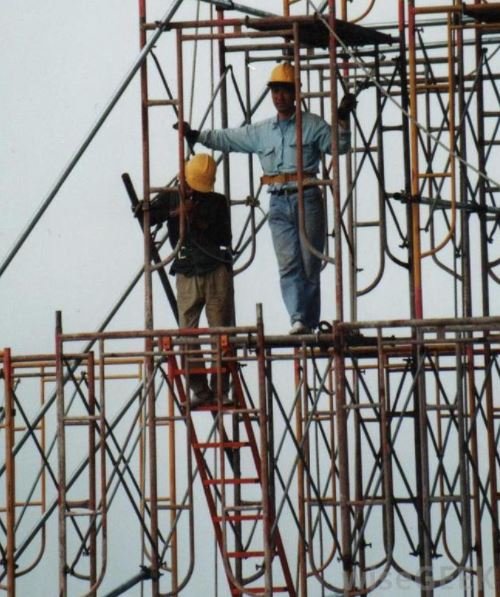 You want to erect safe scaffolding, or maybe you just want to answer random construction projects. Here’s the thing: you don’t know where to start because you don’t know what you need.
You want to erect safe scaffolding, or maybe you just want to answer random construction projects. Here’s the thing: you don’t know where to start because you don’t know what you need.
Depending on the type of scaffold you’re attempting to construct, the tools and equipment you’ll need can vary slightly.
Informative, basic, and easy to understand, here’s what every newbie ought to know about scaffolding supplies. Let’s get right into it, shall we?
Claw Hammer
Claw hammers come in a variety of sizes and weights. A claw hammer locks pins and clamps in place and takes pins out more easily when disassembling the scaffold.
Connecting Pins and Clamps
Pins and clamps are the instruments that are used to join all of the scaffolding components together.
Take note: If one pin or clamp fails, the entire scaffold structure can be jeopardized.
So, check it out regularly!
Frame
Another thing you want to look into constantly is the frame. These are the bars and poles that make up the overall structure of the scaffold.
Ensuring frames are in good condition is a simple yet crucial way for continued workflow.
And yes, it’s for your own safety!
Base Plates
Usually mounted under the lowest scaffold poles, base plates distribute the scaffold’s weight.
It allows the legs to exert less strain on the field. This will make them less likely to fall into the ground than they would otherwise.
They also help to keep the poles from sliding in some situations.
Crossbars
These are the diagonal bars that run through the scaffold structure’s frame – the bars and poles.
Using these diagonal bars to form triangle shapes adds extra strength to the structure, allowing it to support heavier loads.
According to Science Made Fun!, the triangle is the strongest shape, capable of holding its shape, and provides immense support.
So, construction can go higher without compromising safety!
Spanners/Socket Set
We have mentioned clamps for joining scaffolding components together. However, you’ll never be able to tighten clamps or anything else with nuts without spanners or, better still, a decent socket collection.
Tape Measure
A tape measure is used to ensure that the scaffold is designed in accordance with the plan’s specifications.
Level
As with other scaffolding supplies, levels ensure the safety by evening surfaces in compliance with its design.
Planks
These are the scaffolding parts that staff move on to. So, when looking for planks, make sure that it’s made of appropriate materials and fits on the frame.
Wooden planks or steel/aluminum planks are the most common types of planks.
If you’re using wooden planks, make sure they’re properly handled to keep them from rotting. Two average-sized men can stand on each plank.
Personal Protective Equipment
Among the items you need are a hard hat, a high-visibility jacket, and steel-toed boots are among the items needed. If you work in a noisy environment, you need to wear hearing protection as well.
Meanwhile, if you’re operating at a height, make sure you’re wearing a safety belt and that you’re connected properly.
At last, you now know all the pieces of equipment you need. You can move on to buying quality scaffolding supplies – just the thing you need – and try them out.
Make sure to take proper caution when doing your task!
Remember that having the right tools comes with the right mindset.




